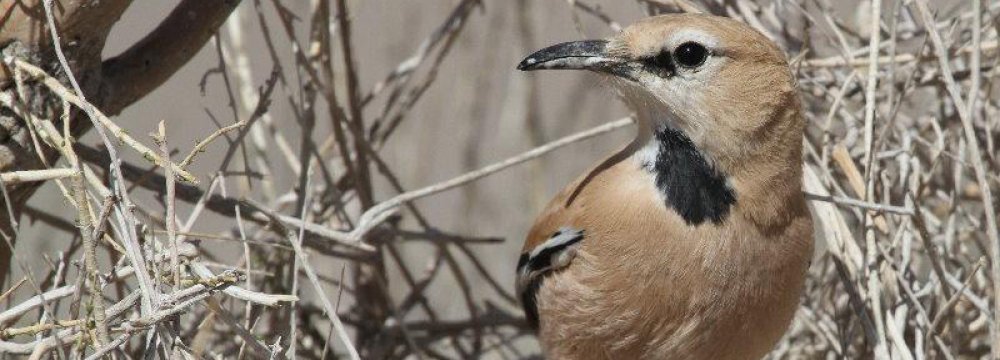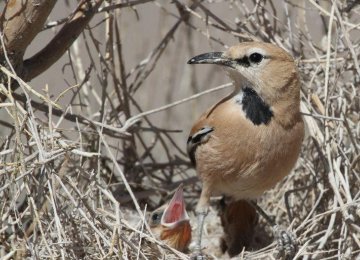Ecotourism and bird watching are increasingly popular recreational activities around the world and have in recent decades grown into new specialist branches of the tourism industry.
Birds lead fascinating lives. Listen to nature’s song, watch their colorful wings, and enjoy their shape and wonderful flight. To be in their presence and to witness how they mingle and relate with one another feels like a gift. To experience it once, can cause one to want to seek it out again and again.
Bird watching is one of the branches of responsible tourism, causing the least damage to the environment. It is not necessary to be an expert to watch the birds - an interest and desire to interact with nature are enough.
Bird Watching Tours
A country with vastly contrasting habitats and climate can make a perfect haven for wild birds. Iran is an exceptional destination that can present more than 527 avifauna species for an avid birder.
With a large range of spices, Iran is well placed to welcome bird watcher tours and in the last few years birding is gradually becoming widespread in Iran.
Iran has more than 105 important bird areas (IBA’s) in the list of Bird Life International Community and birders can choose as a backdrop a vast and varying range of habitats including: hundreds of lakes and wetlands, the unique Hyrcanian forest, 4,000 meters high mountainous habitats, steppes and sandy dunes, deserts and vast semi-tropical mangroves forests.
Today bird watching Tours are as a serious and specialized business and many bird watchers spend time and money to watch and record birds. Knowledgeable bird watching tour guides on the ground handle the groups in the different major birding areas, the protected areas and wildlife refuges around the country. The tour leaders also have the great responsibility to train the group not to damage the environment and to tour responsibly.
Among the vast and varying fauna, Pleske’s Ground Jay (Zaghe Bour) is a bird truly endemic to Iran. If for no other reason, a visit to the stunning Touran National Park to see the jay in its native habitat is a good reason for any avid birder to make Iran their next choice destination.
Persian Ground Jay
Pleske’s Ground Jay or Persian Ground Jay is a species of bird in the Corvidae (passerine birds) family identified by Zarudny, 1896. Its scientific name is Podoces pleskei, one of the well known native species of deserts of the Caspio-Central Asian semi-desert and to be specific; native to the deserts alongside the extreme eastern borders of Iran, Khar Touran region of Shahroud in Semnan, Isfahan, Yazd, Dasht-e-Lut of Khorasan, extreme Kerman, Sistan-Baluchestan and Fars Provinces.
The closer you get to the eastern central deserts of Iran the better chance of observing them you stand. One might mistake the Iranian Ground Jay with the Hoopoe Lark, but its coloring and plumage are unique. It does not have a crest like that of the Hoopoe Lark’s, only perhaps they appear similar in shape and posture. Its black bib is the key to distinguishing Pleske’s Jay.
This species has a very large and stable range, and hence does not approach the thresholds for vulnerable under size criterion. The population size of the spices has not been quantified, but it is described locally as being quite numerous. For these reasons, the species has been evaluated as being ‘at least concern’ in terms of risk of extinction.
Ground jays show adaptation to ground living such as their long, strong legs, which are adapted to fast running and the ability to leap and bound onto borders and rocks with great agility. Their long, curved thick bills are adapted for digging and probing. While they have flight capability, they fly infrequently and relatively weakly, they prefer running and will also readily perch on trees and bushes. The jay usually lays four small cream-colored mottled with reddish brown dots eggs.





